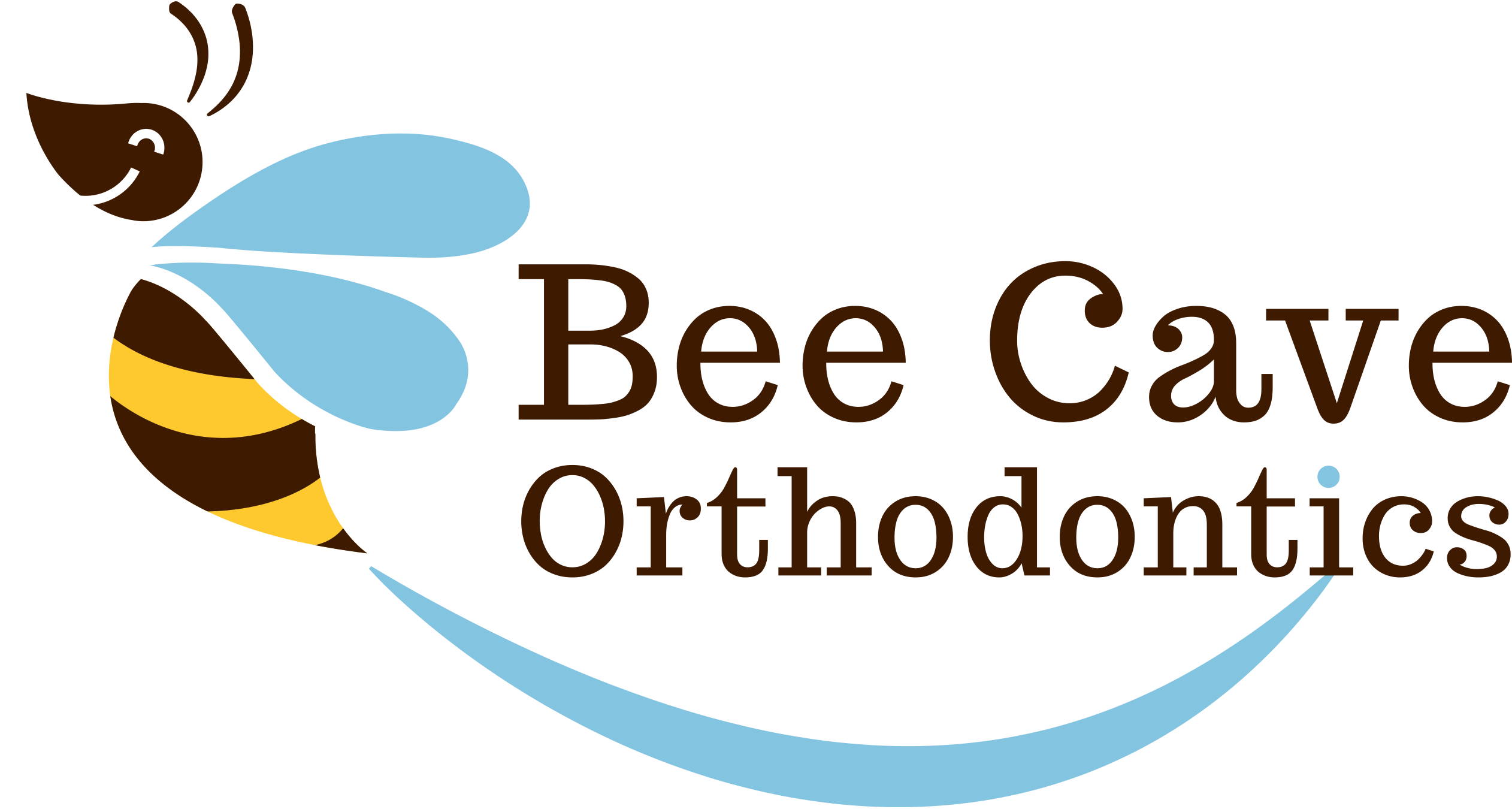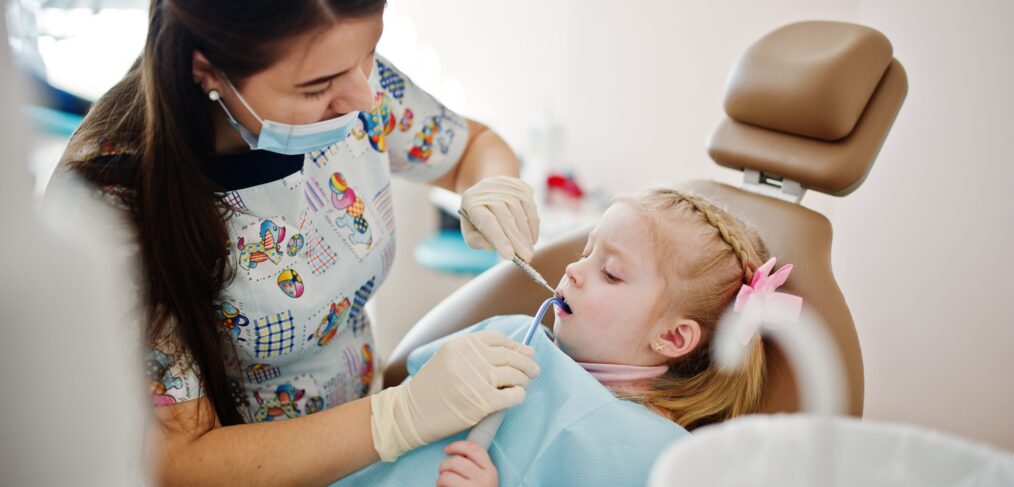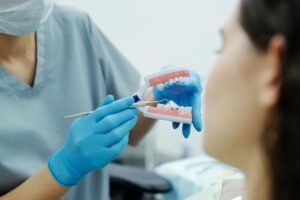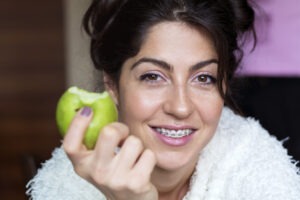Halloween Candies – The Best and Worst for Your Teeth – Bee Cave Orthodontist – Austin, Texas
Halloween in Austin, is all about spooky fun and, of course, candy, but some candies can be real tricks for your dental health.
According to USA Today, some of the most popular Halloween candies in the U.S. include Reese’s Peanut Butter Cups, M&Ms, Hot Tamales, Skittles, Sour Patch Kids, Starburst, Hershey Kisses, Candy Corn, Hershey Mini Bars, and Snickers. While these treats are delicious, some can be a real threat to your teeth! (Click and check the article)
Luckily, you don’t have to avoid candy altogether! With a little guidance, you can enjoy some sweets without putting your teeth – or your orthodontic work – at risk.
Let’s go over the best and worst Halloween candies for your teeth and braces!

First, let’s talk about the safer options:
Safer Options for your Halloween Candies Choices:
- Chocolate:
Chocolate is probably your safest bet. It melts quickly in your mouth and doesn’t stick to your teeth or braces. Dark chocolate is even better since it contains less sugar. Just avoid any with sticky fillings like caramel. - Sugar-free Gum:
This treat is actually beneficial for your teeth! Chewing sugar-free gum helps boost saliva production, which can wash away food particles and sugar. Choose one with xylitol, a natural sweetener that helps fight cavity-causing bacteria. - Peanut Butter Cups:
Peanut butter cups are softer and less likely to get stuck in your braces compared to other candies. Just be sure to brush afterward to keep your teeth clean and your braces in top shape.”
Riskiest Halloween Candies Options:
Sticky candies, like Starburst or caramels, are some of the worst for your teeth. They cling to the enamel and are tough to remove, even with thorough brushing. The longer the sugar stays on your teeth, the more time it has to feed bacteria, leading to cavities. Gummy treats, including gummy bears and some variations of Skittles, can also get stuck between your teeth, causing decay over time.
- Hard Candies:
Hard candies like lollipops and jawbreakers are risky because they can damage your braces or even crack a tooth. Plus, they’re loaded with sugar, which isn’t great for your teeth. - Sticky Candies:
Gummy bears, taffy, and caramel are all examples of candies that stick to your teeth and braces. They’re tough to clean off, leaving sugar behind to feed bacteria and cause cavities. - Sour Candies:
These might be fun to eat, but they’re highly acidic, which can weaken your tooth enamel. The combination of acid and sugar creates a perfect environment for cavities to form.”
How to Protect Your Teeth This Halloween
Even though candies like Sour Patch Kids, Starburst and Candycorn are on the list of the most popular treats, there are ways to protect your smile while still enjoying the holiday:
- Choose Wisely: Chocolate-based candies, like Reese’s and Snickers, are better options because they don’t stick to your teeth as much as other candies.
- Brush and Floss: After enjoying your Halloween haul, be sure to brush and floss your teeth thoroughly to remove any sugar and prevent cavities.
- Drink Water: Rinse your mouth with water to help wash away sugar and neutralize acids.
Schedule your free consultation!
Go ahead and enjoy your Halloween treats! By being mindful of the candy you choose this Halloween, you can enjoy the season without ruining your smile. And remember, if you’re in Austin, Texas, and need expert orthodontic advice, your local orthodontist is just a call away!
Click here to schedule a free consultation!
We appreciate your support and look forward to continuing to provide exceptional orthodontic care to the Austin community.
Want to get to know us a little better? Check out our YouTube Videos!

















